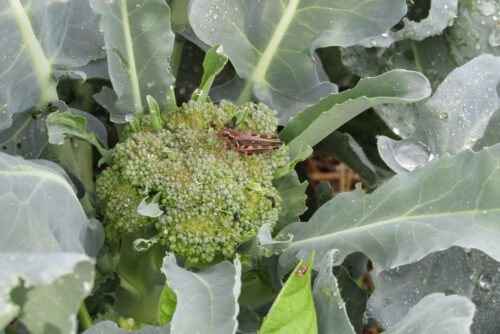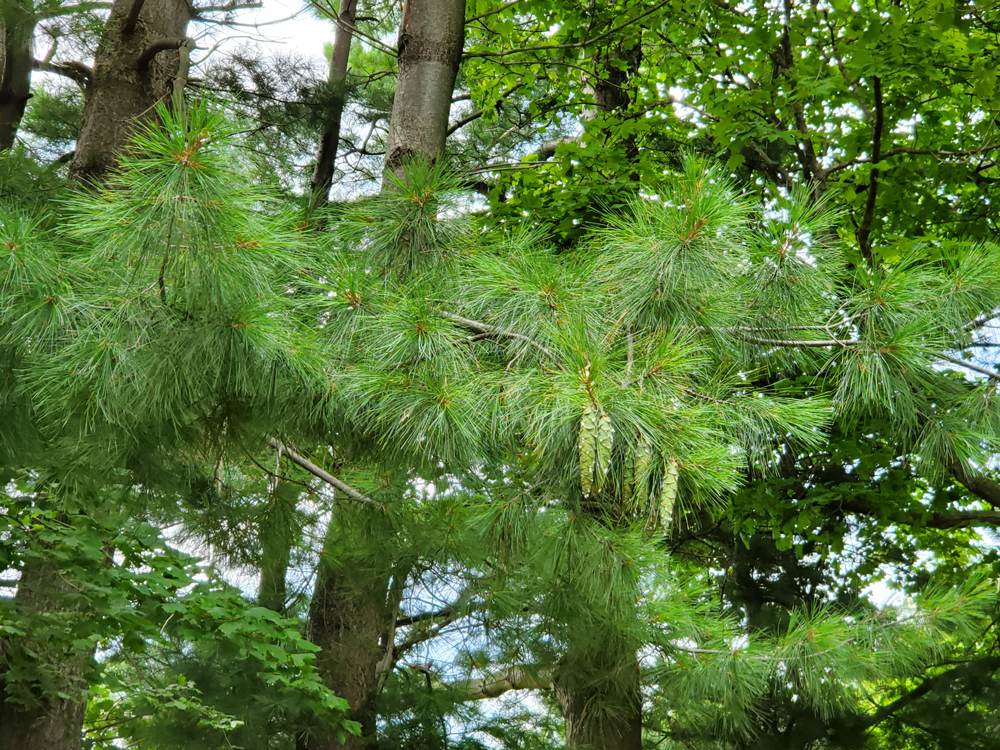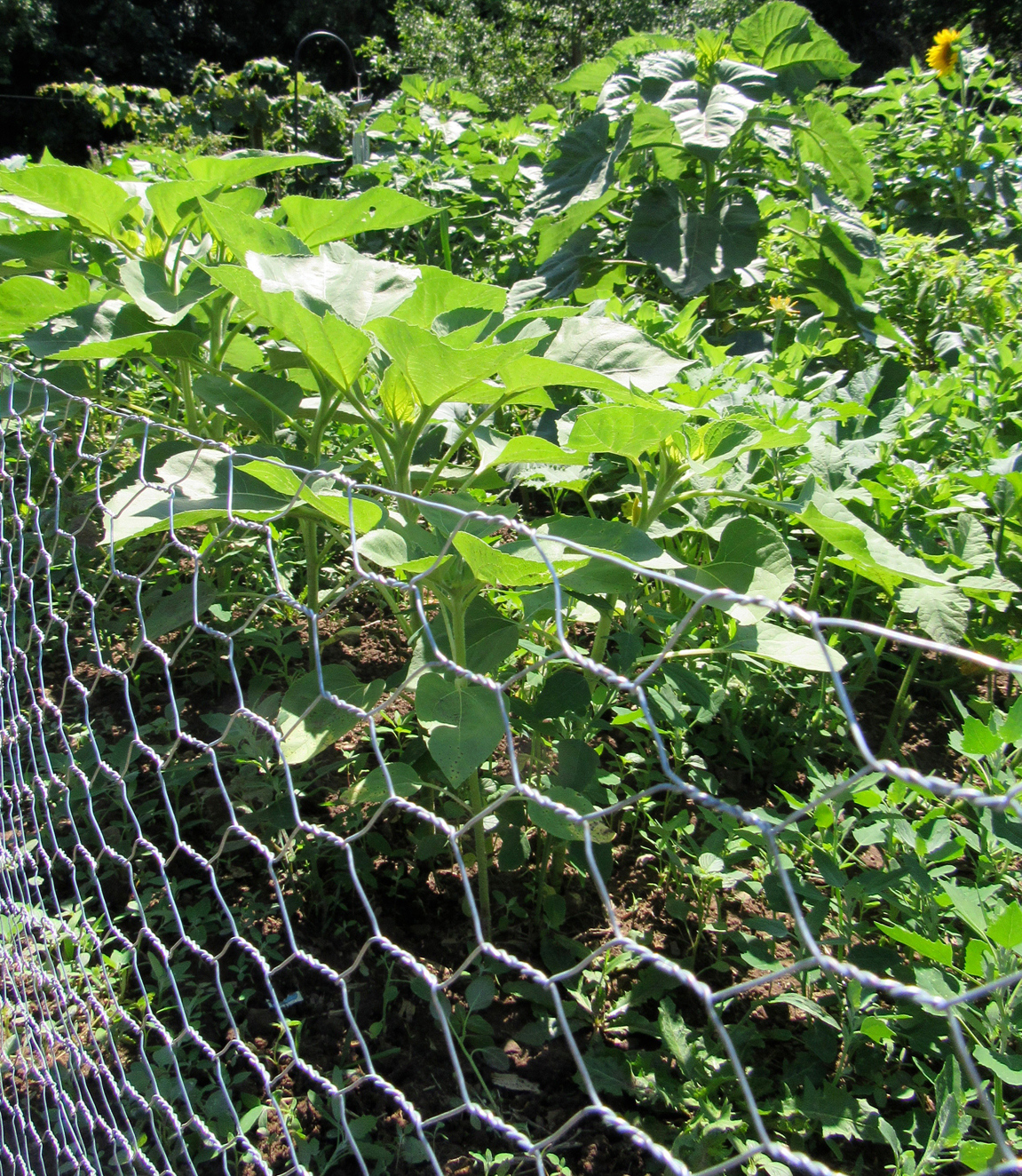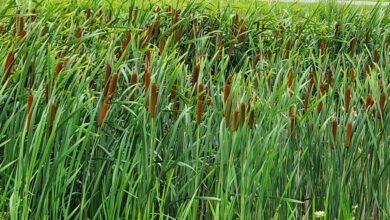Diagnosing vegetable garden problems

Gardeners need expert observation skills. As the growing season progresses, gardeners should watch their plants closely every day. Disease and insect issues constantly arise, and being able to diagnose common problems yourself as soon as possible can help fight the spread of disease and insect damage and ensure a bountiful harvest.
According to Cornell Cooperative Extension, the first important step in plant diagnostics is to know what is normal for the plants you grow. Be familiar with the typical appearance of the plant as well as the potential insects and diseases that can affect it. Symptoms of disease and insect damage are defined as changes in plant growth or appearance in response to one or more damaging factors.
Symptoms include such things as stunting, malformation of leaves, failure of fruits and flowers to develop, shoot or leaf blights, leaf spots, wilts, dieback of the entire plant, and mosaic patterns of light and dark green on leaves, or altered coloration in leaves and flowers.
If symptoms are occurring in 100 percent of your plants, you may have poor soil conditions or adverse climatic factors such as cold or drought. If you notice a damage pattern that is uniform on an individual plant or over an affected area, it is usually due to abiotic or non-living factors like the improper use of herbicides. Other abiotic environmental factors include things like rain, hail, and prevailing winds.
If you see symptoms that start in one area of the plant and then spread slowly to other areas of the plant, and the severity of the symptoms changes over time, the problem is likely caused by biotic (living factors) such as disease, insects, or mammals.
Symptoms are considered to be either primary or secondary. As an example, Cornell Cooperative Extension explains that decayed roots on a tree may be a primary symptom, while a secondary symptom may be the tree toppling over.
Distinct from symptoms, signs are evidence of the damaging factor. For example, you may be able to see fungal spores causing the disease on your plants or the actual insects or mite webbing that are causing plant damage. Once a plant problem is diagnosed, you are ready to begin recommended treatments.
There are many ways to help manage disease in your vegetable garden. Crop rotation helps to fight pathogen buildup and insect infestation that can happen when the same crop is continuously planted in the same location. The same type of vegetable or close relative should only be grown in the same soil once every three to five years. Look for disease-resistant varieties when purchasing seeds or transplants. Seed catalogs typically list the resistant traits of vegetable varieties.
Water properly to keep your plants healthy. Constantly wet soils and water on foliage contribute to foliar diseases. Encourage a healthy root system by watering deeply less frequently. A layer of mulch will help to maintain uniform soil moisture and reduce problems like blossom end rot in tomatoes and peppers. Mulch also helps prevent soil from splashing on plants and crops and can prevent diseases such as early blight in tomatoes. Even weeds can be a source of disease and insect damage. Weeds compete with vegetables for nutrients and sun. Some weeds can harbor insect-transmitted viruses, which can infect homegrown vegetables. Removing weeds also aids in air circulation, which helps to ward off disease.





